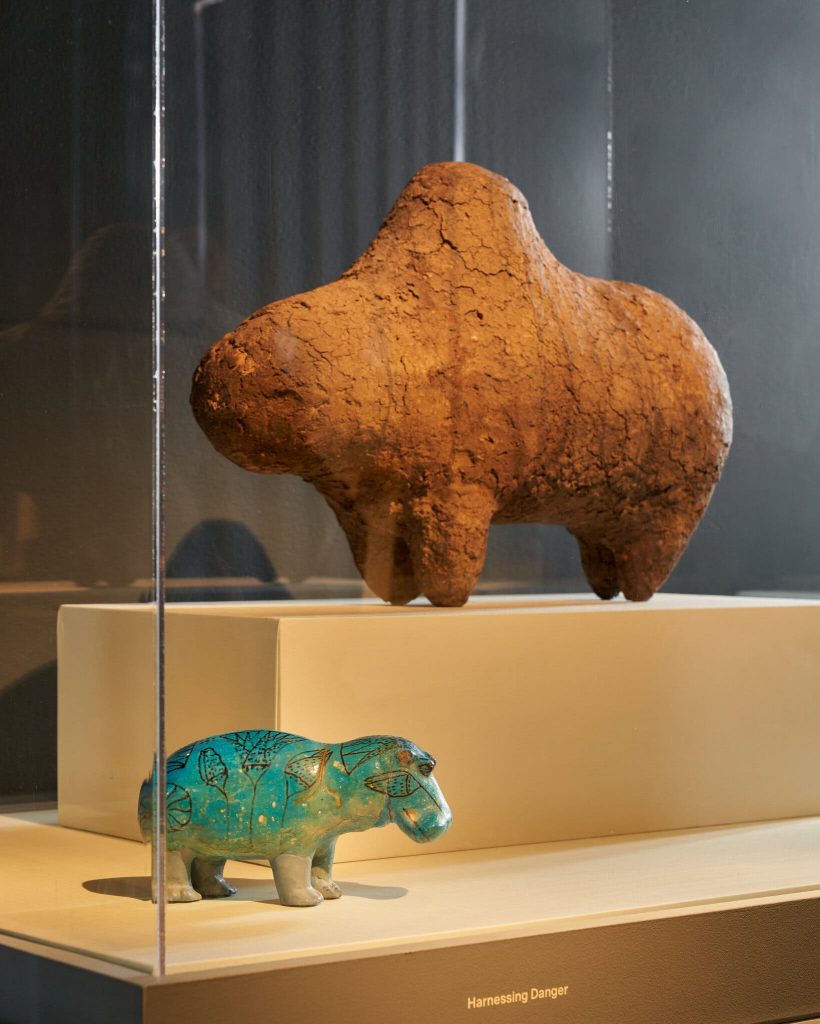A New York Times review by Holland Cotter of the Met’s new exhibition ‘The African Origins of Civilization,’ which pairs African and ancient Egyptian sculptures (and some objects elsewhere in the museum) makes an important point, I think, namely that the division of Egyptian and African art in the Met and other museums is a result of a racist distinction between ‘civilized’ and ‘primitive’ art. In fact, the Met’s collection of African art largely originated from its acquisition of the collection of Nelson Rockefeller’s defunct ‘Museum of Primitive Art’ in 1976. The exhibition, therefore, renders an important service by putting these materials side by side, to the benefit of both.

Right: Power Object (Boli), first half of 20th century. Bamana artist; Mali (1979.206.175)
(Image shamelessly borrowed from the New York Times)
But Cotter’s broader point, that African art ought to be reunited in the museum, ignores the fact that ‘Africa’ is itself a European concept. The term comes from the Latin word Afri, which refers to the inhabitants of North Africa, and probably originates from a Carthaginian or Berber term. While it is true that many ancient Greek geographers regarded the Nile as the boundary between Asia and Africa (which they called ‘Libya’), some, such as Strabo (1.2.28), preferred the Isthmus of Suez, i.e. the recognized modern dividing line. Thus the entire question of whether Egyptian art is African is itself couched in European terms! If continents are a European construct, then surely it does not matter.
In this regard, I think the Met takes a sensible approach with this exhibition. Pairing African and ancient Egyptian art makes us (its viewers) ask questions like “What do these objects have in common?” and “What is Africa, anyway?” These are good questions to ask, even if they don’t have simple answers.
